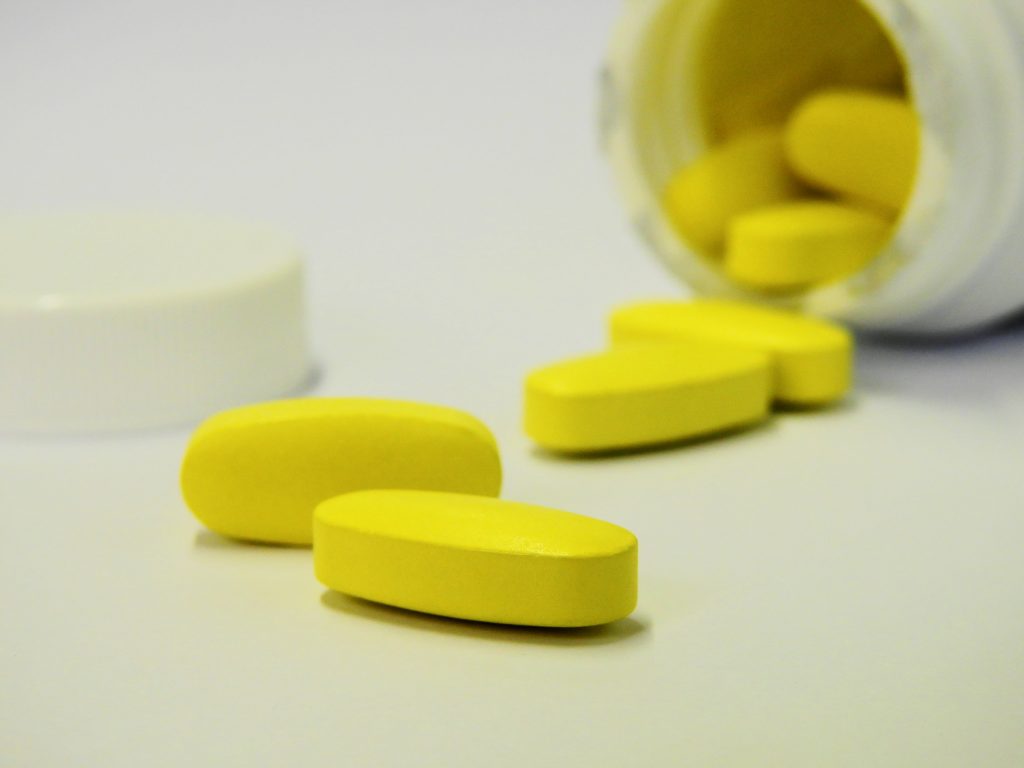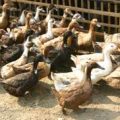Vitamins are important to human health. This is a fact. But whether it has the same vital effect on animal health or whether their system could respond to vitamins as positively as humans do, was the subject of a local study.

Vitamin C or Ascorbic acid (AA) is one of the most important of all vitamins. This is according to the Dr. Decuypere’s Vitamin Chart (2000). For humans, it is a potent anti-oxidant, an anti-inflammatory agent, anti-viral, and an immune system stimulant.
How about the animals? For ducks, particularly, the laying Philippine Mallard ducks (Anas platyrhyncos L.), vitamin C proved to be beneficial as well. Their egg production performance extended after Vitamin C was integrated into their feed diets. This was the result of a study conducted by researchers from the Ilocos Agricultural Research Center (ILIARC) of the Department of Agriculture (DA) after subjecting 160 female Mallard ducks to the “vitamin-C-test” for 58 weeks.
They were grouped into four, each with particular dietary treatment and varying levels of vitamin C in their feeds. The main objective was to improve egg production, egg quality and laying efficiency of the Phillippine Mallard ducks, specifically, those approaching one year egg production.
But first…the setbacks
As of 2004, the duck population was estimated to be around 10 million. A huge portion (7.48 million) was being raised on backyard scale while only a small part (2.37 million) was raised by commercial establishments. Although duck raising is considered a profitable business venture, it’s behind other farm enterprises like chicken and swine production. In terms of economic importance, ducks are second only to chicken as source of eggs and meat.
A combination of good nutrition and proper management is essential for raising healthy ducks. But even this seemingly simple formula to productive duck raising continues to pose a challenge to local duck raisers as information on their nutrient requirements remains insufficient. New technologies on improving duck production have not been adequate. Thus, realizing the full potential of this business to hopefully earn more remains evasive.
More eggs, more income
For poultry raisers, more eggs naturally means more income. This is particularly true for ducks since they are the source of the ever-famous embryonated eggs (balut) and salted eggs (itlog na maalat), which Filipinos are becoming well known for, even abroad. Balut, which has Indo-Chinese equivalents, has become a favorite delicacy here that it was even featured in reality-tv shows in the US. Some are disgusted, but still a big chunk of them appreciate the unique smell and richness of the taste.
In the ILIARC research, the results showed that the body weight and egg weight of the ducks that were subjected to study did not show any noticeable change with the addition of vitamin C in their diets. However, the study indicated that the inclusions of 250 mg and 750 mg AA/kg in their feed i.e., duck layer pellets (DLP) from 58 to 69 weeks and from 70 to 81 weeks, respectively, improved the egg production of ducks.
Meanwhile, a significantly higher egg production was observed when the ducks were fed with 750mg AA/kg at 82-92 weeks. The livability of the birds was also remarkably high particularly those ducks that were fed with 750mg AA.
Lowest feed cost to produce an egg was observed from those ducks that were fed with diets without AA supplementation at 58-81 weeks while significantly lower feed cost was found for ducks with diets of 750mg AA supplementation at 82-93 weeks. In terms of egg quality, higher percentages of medium, large, and extra large eggs were observed in ducks whose diets included higher AA supplementation.
The results of the study show that vitamin C as supplements for duck feed approaching one-year egg production under confinement system, proved to be nutritionally favorable and effective. Egg production was also affected by production age but overall, optimal responses were attained at high levels of Vitamin C as supplement (750mg AA/kg of DLP).
Buying supplements for ducks might put off some farmers due to the additional cost and other expenses but they could be assured that with the benefits, these would proportionally come down.
Sources:
1. “Potentiality of Extending the Egg Production Performance of Spent Philippine Mallard Ducks Fed with Varying Levels of Vitamin C.” Unpublished study by J.M. Datuin, M.M. Cabatbat, Jr., R. Pigao, F.B. Tamayo, and L.S. Ferrer. Department of Agriculture-Ilocos Agricultural Research Center (DA-ILIARC), DMMMSU Compd, Bacnotan, La Union.
2. Dr. Decuypere’s Nutrient Charts at: http://www.healthalternatives2000.com/vitchart.htm
by Rita T. dela Cruz, BAR Chronicle, April 2005 Issue (Vol. 6 No. 4)



